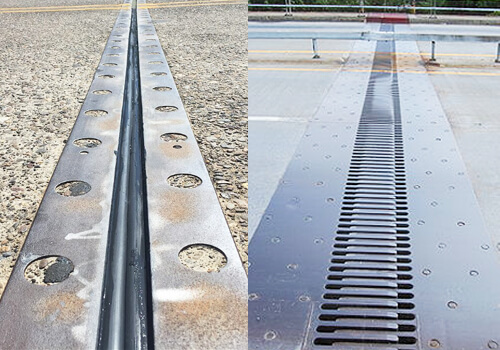What to do when driving during an earthquake
If you have been paying attention to the news in recent years, you would know that earthquakes are quite frequent in Asia. A fun family trip could become a your worst nightmare in an instant if you are not prepared. This article will provide you with valuable information that you can use to keep you and your loved ones safe in the case of an earthquake.
What to do if an earthquake strikes while driving
If you are driving it may be difficult to notice when an earthquake strikes. Some warning signs that you may notice are trees that appear to be shaking even though there is no wind, cracks starting to form in the roads, or you may feel that it is difficult to drive in a straight line. With the exception of the roads cracking, you can see that it is difficult to know when an earthquake strikes. The best way to stay informed is to install an earthquake warning app. The best warning app on the market right now is provided for free by Yahoo Japan see here. Unfortunately, the app only provides services in Japanese, but with some basic preparation you too can use this app to keep your family safe. Please see this English setup guide to install the Yahoo warning app and setup warning notifications on your phone.
If you notice an earthquake is striking (either from the app, or any other source) immediately turn on your hazards, slow down, and pull over to the side of the road. Do not slam your brakes, and come to a slow and controlled stop. If possible, make sure that you stop your vehicle away from large trees and buildings to avoid heavy falling debris. If you are on a bridge or elevated highway, be sure to not park on or near the joints. The joints usually take the form of a straight crevice or straight metal cover. These joints are where the bridges usually crumble, and are not supported by the strong pillars below.

When you find a safe place to pull-over, be sure to shut off your engine and set your emergency brake. If any damage were to occur to your vehicle you do not want the gasoline to ignite and cause a car fire or explosion. The emergency brake will prevent your car from rolling in the case where the road starts to decline. Stay in your car until the earthquake comes to a stop. Before you exit the car be sure to check for downed power lines.
Tsunamis
If you are driving near the coast beware of tsunamis that may strike after an earthquake. How much time you have until the tsunami hits depends on the type of earthquake, your location in relation to the epicenter, and the geographical formation of the coast. You will typically have about 3-10 minutes after the tide starts being pulled back until the wave hits. If the earthquake occurs far off shore you could have anywhere from 10 minutes to an hour.
If there is a tsunami warning, make your way to high ground as fast as possible. You may need to get out of your vehicle. You have a higher chance of survival if you immediately get out of your car and seek protection in a building. Make sure to go up at least to the second floor of the building, however three or more floors is recommended. Buildings made from concrete and steel beams are stronger than wooden structures.
Medical emergencies
The phone number for a Japanese ambulance is 119. Depending on your location multiple languages may be available.
Useful links
Disaster information provider app “Safety tips” 【Available in 5 languages. Japanese, English, Traditional Chinese, Simplified Chinese, and Korean】
This app provides international visitors with information related to disasters.
The app can be downloaded from the URLs below:
Android: https://play.google.com/store/apps/details?id=jp.co.rcsc.safetyTips.android
iPhone: https://itunes.apple.com/jp/app/safety-tips/id858357174?mt=8
Medical guidebook. Provides a finger-point guide which is useful to convey symptoms to a doctor in the case of an emergency.
URL:http://www.jnto.go.jp/emergency/jpn/support.html
JNTO Global Website: Provides useful information in the event of a disaster.
URL:https://www.japan.travel/en/
Summary
Earthquakes can happen at anytime. The key to surviving them is careful preparation. Now that you know what to expect, take the time to install the earthquake warning app mentioned above. It is also a good habit to always keep drinking water and other survival tools with you, no matter where you are. By following these steps, you will be able to keep you and your loved ones safe. Now go and enjoy your trip to Japan. After all, the country is usually very safe!